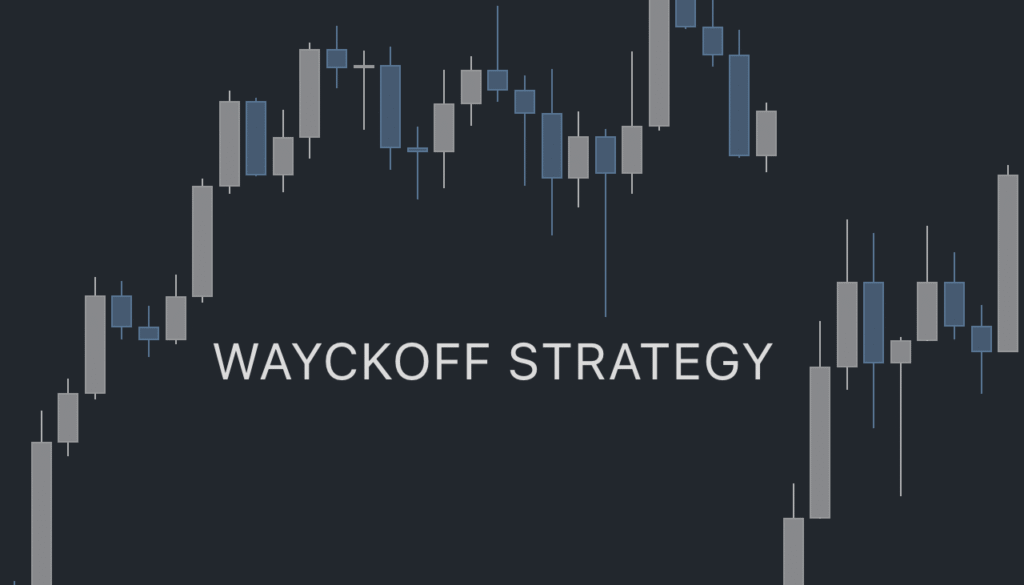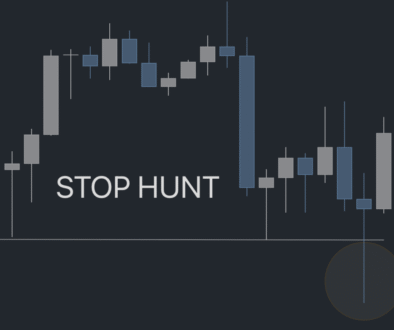The Wyckoff Strategy
The Wyckoff Strategy: Understanding What the Market Makers Are Really Doing
Hey traders — Ozy here.
Today I want to talk about a classic but powerful strategy: the Wyckoff Method.
If you’ve ever looked at a chart and wondered “why did the price reverse here?” or “who’s actually moving the market?”, Wyckoff can help make sense of it.
This isn’t about indicators. It’s about understanding what big players — institutions, smart money — are doing behind the scenes. Wyckoff gives you a lens to look at accumulation, manipulation, and real intent.
Let’s break it down in simple terms.
Who Was Wyckoff?
Richard Wyckoff was a trader from the early 1900s who studied how large operators (the “composite man”) moved the market. He believed that the market moves in predictable phases based on supply and demand — not noise.
His method is built around understanding those phases and the logic behind price movement — not just reacting to patterns.
The 4 Phases of Wyckoff
Accumulation
After a downtrend, big players start quietly buying.
Price moves sideways. Volume is low at first, but spikes during fake moves down (to shake out weak hands).
This is where a new uptrend begins — often before retail traders even notice.Markup
Price starts rising. This is the start of the real trend.
Volume increases. Pullbacks happen, but overall direction is up.
Everyone starts noticing. Retail joins in — often late.Distribution
After the uptrend, big players begin selling into strength.
Price moves sideways again — but this time, it’s not accumulation.
You might see fake breakouts to the upside that quickly fall back.
This is the top, but it doesn’t look like it right away.Markdown
Price drops. Supply overwhelms demand.
Retail traders get trapped holding long positions.
The downtrend begins — and the cycle resets.
Why This Matters
Most traders focus on patterns — head and shoulders, flags, candlestick combos.
Wyckoff tells you to look at the behavior, not just the shape.
For example:
Is a breakout backed by volume?
Was there a fakeout before a big move?
Are we in a phase where smart money is buying, or dumping?
This is what makes the Wyckoff method powerful. You stop reacting and start reading the intent behind price action.
How I Use It
I don’t follow Wyckoff in a textbook way — but I use his ideas all the time.
Especially when:
I’m looking for accumulation zones (before a breakout)
I’m trying to spot distribution (before a breakdown)
I combine it with candlestick behavior and SMC concepts like liquidity grabs
I also use Python to plot some of this behavior visually — more on that in future posts.
Final Thought
The market isn’t random. It’s manipulated — but in a patterned way.
Wyckoff gives you a way to understand the narrative behind price instead of getting caught in short-term noise.
It’s not perfect, but it’s powerful — especially if you combine it with your own style and tools.
More to come on this soon.
— Ozy





